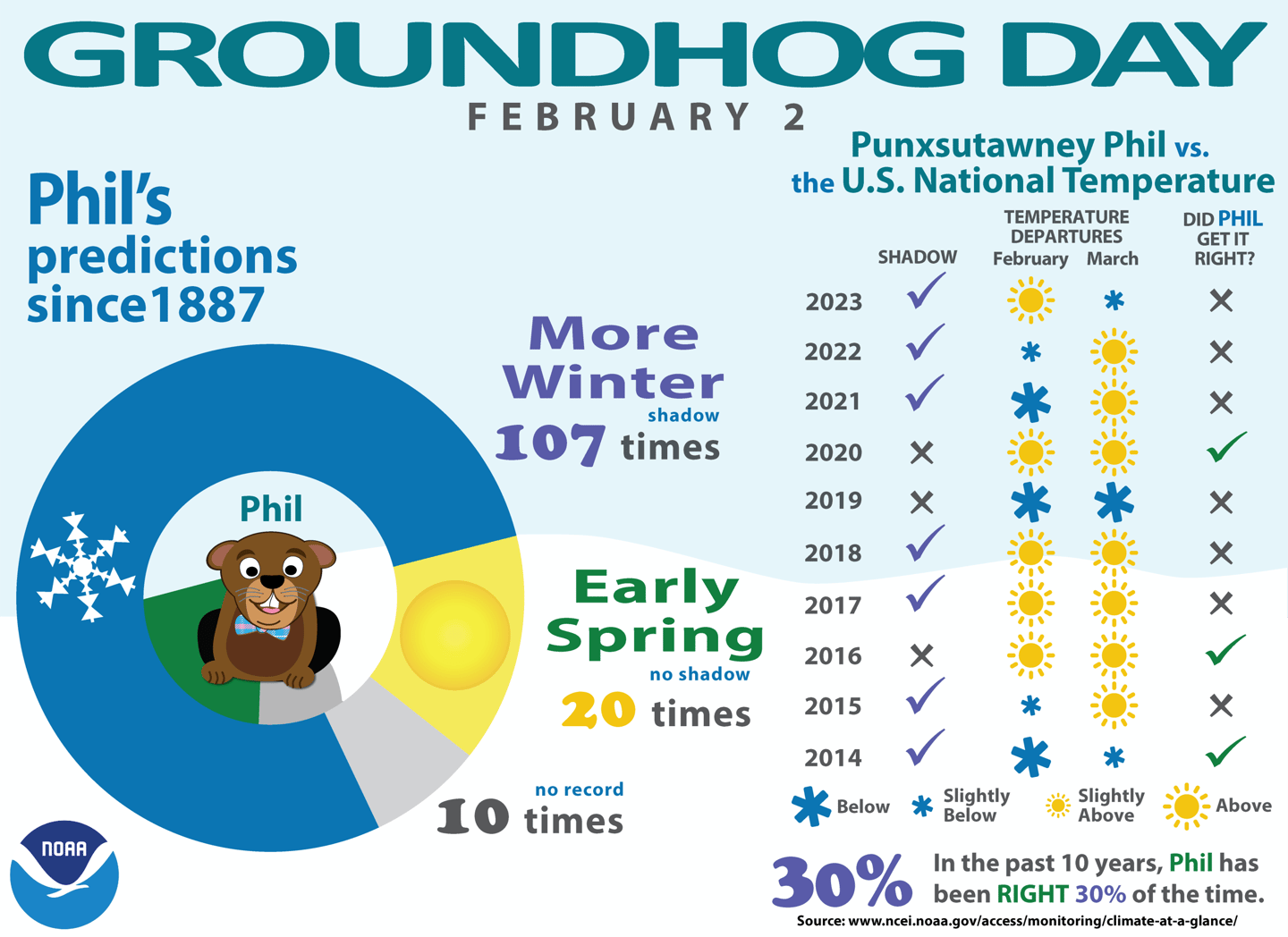Groundhog Day: Where the Shadow Knows?
The Unpredictable Nature of Groundhog Day: Where the Shadow Knows Less Than Your Real Estate Appraiser!
2/3/20242 min read


The Unpredictable Nature of Groundhog Day: Where the Shadow Knows Less Than Your Real Estate Appraiser!
Every February 2nd, the quirky tradition of Groundhog Day captivates audiences worldwide. According to folklore, if a groundhog emerges from its burrow and sees its shadow, six more weeks of winter lie ahead. Conversely, if it doesn't, an early spring is predicted. Despite the charm of this tradition, its accuracy remains dubious at best. In contrast, the realm of real estate appraisals operates on a vastly different plane, marked by precision and meticulous analysis.
Groundhog Day: A Tradition of Uncertainty
For generations, people have gathered around to witness the groundhog's prognostication, often with a mix of excitement and skepticism. While Punxsutawney Phil, the most famous groundhog, boasts an impressive track record of predictions, scientific scrutiny reveals a less impressive truth. A recent study shows that Phil's predictions are correct only about 30% of the time, hardly a rate to inspire confidence in his meteorological prowess.
The Science of Real Estate Appraisals
In stark contrast to the whimsy of Groundhog Day lies the world of real estate appraisals. Far from relying on shadowy sightings and folklore, real estate appraisals are grounded in meticulous research, market analysis, and valuation methodologies. Appraisers undergo rigorous training and certification processes to ensure their competence in assessing property values.
Factors Contributing to Accuracy in Real Estate Appraisals
Data-Driven Analysis: Appraisers utilize a wealth of data, including recent sales of comparable properties, local market trends, property condition, and improvements, to arrive at a precise valuation.
Market Expertise: With a deep understanding of local market dynamics, appraisers can discern subtle nuances that impact property values, such as neighborhood developments, school districts, and economic factors.
Professional Standards: Appraisers adhere to strict professional standards and ethical guidelines, ensuring impartiality and accuracy in their assessments.
Technological Advancements: The advent of advanced valuation software and data analytics tools further enhances the accuracy and efficiency of real estate appraisals.
Conclusion: Bridging the Gulf Between Tradition and Precision
As Groundhog Day festivities unfold each year, it serves as a whimsical reminder of the unpredictability of nature and the enduring appeal of tradition. However, when it comes to matters as significant as property valuation, reliance on folklore and superstition gives way to rigorous analysis and expertise. Real estate appraisals stand as a testament to the power of data-driven decision-making and professional acumen, offering a stark contrast to the whimsical uncertainties of Groundhog Day predictions.
In the grand tapestry of human traditions and practices, both Groundhog Day and real estate appraisals hold their respective places. While one embodies the charm of folklore and the unpredictability of nature, the other symbolizes precision, expertise, and data-driven analysis. As we navigate the complexities of the modern world, we can find value in both tradition and precision, recognizing the unique roles they play in shaping our understanding of the world around us.
